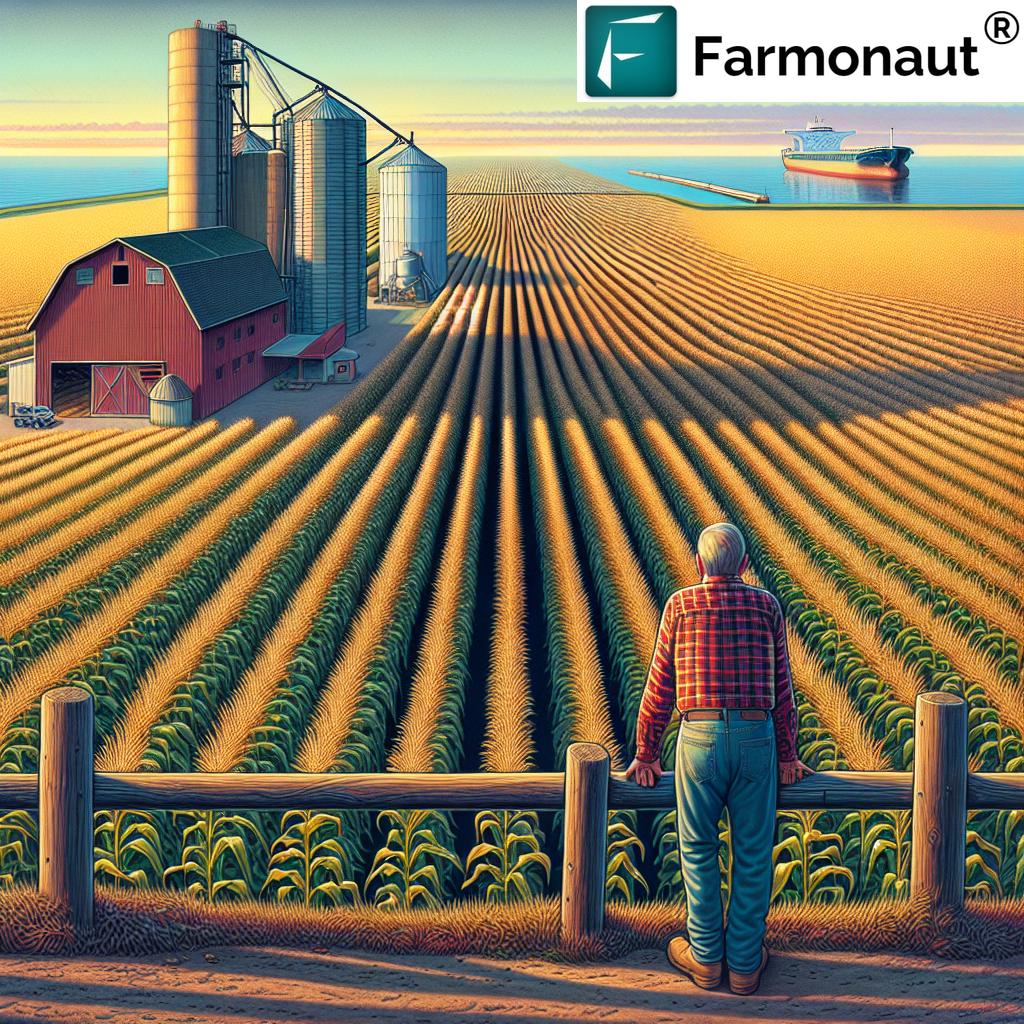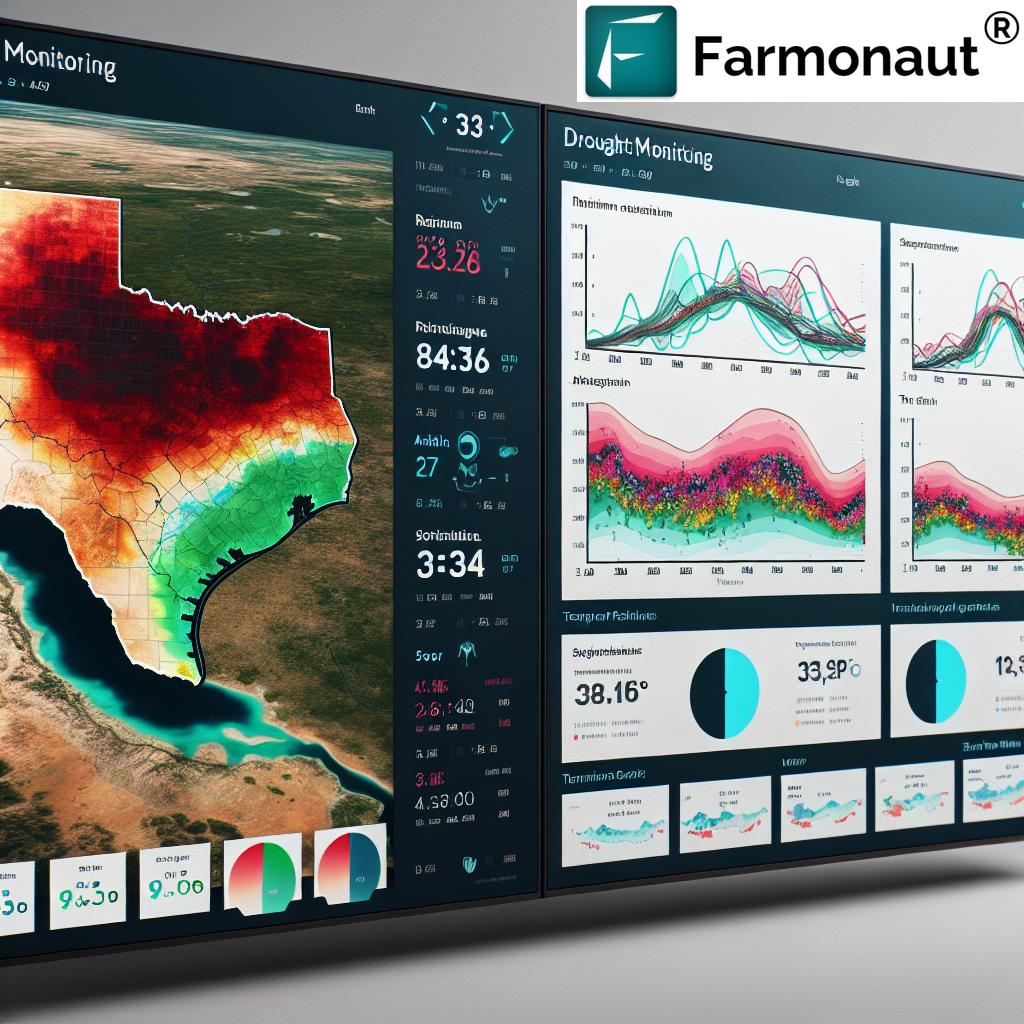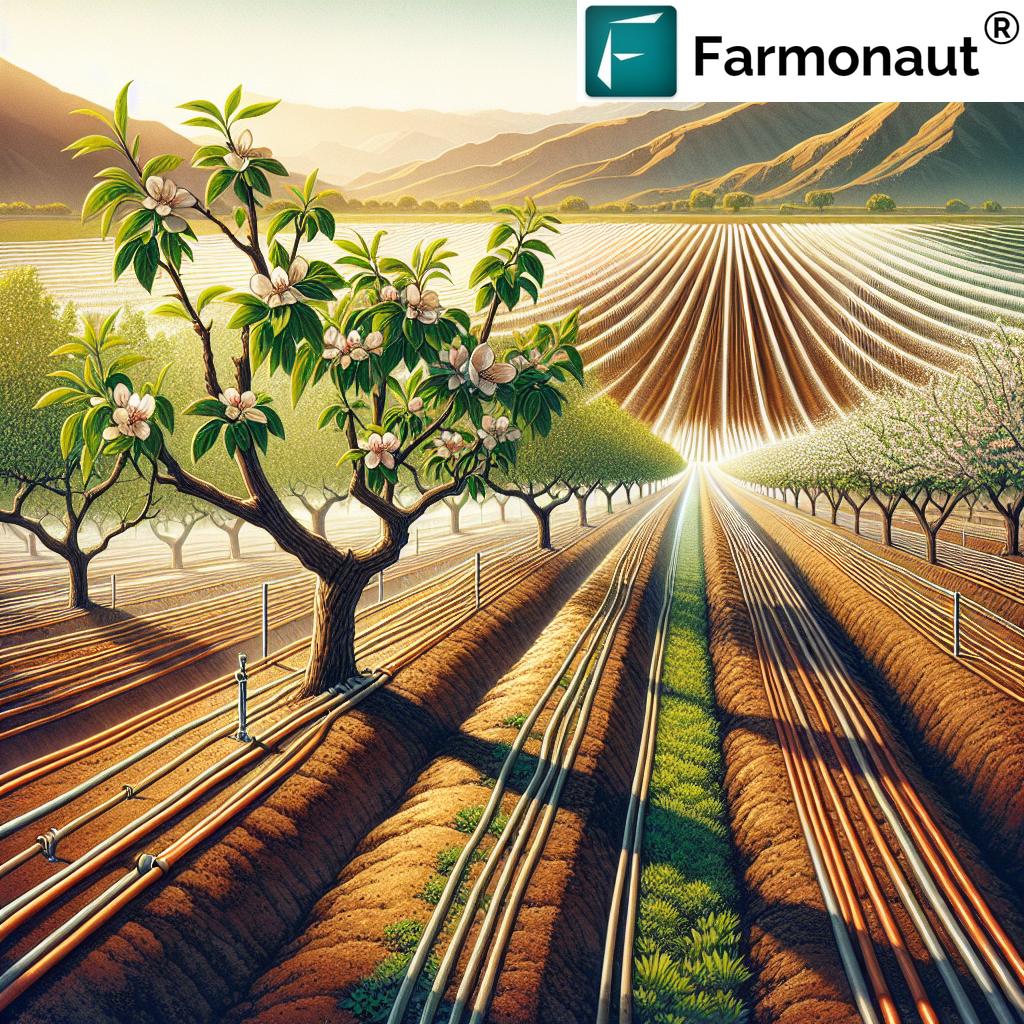Revolutionizing Iowa Corn: How Reduced-Stature Hybrids Boost Yield and Weather Resilience
“Reduced-stature corn hybrids are typically 60-76 inches tall, about 30% shorter than traditional corn varieties.”
In the heart of America’s Corn Belt, a quiet revolution is taking place. Iowa, long known for its vast fields of towering corn, is witnessing the emergence of a game-changing innovation in agriscience: reduced-stature corn (RSC). This breakthrough in corn breeding is not just transforming the landscape; it’s reshaping the future of agriculture in the face of climate change and the ever-growing demand for food security.
As we delve into the world of reduced-stature corn, we’ll explore how these wind-resistant crop varieties are optimizing yields and paving the way for climate-adaptive agriculture. From the genetic mutations that make this possible to the advanced breeding techniques employed, we’ll uncover the science behind these remarkable hybrids that maintain yield potential while standing strong against severe weather conditions.
Understanding Reduced-Stature Corn: A New Era in Crop Management
Reduced-stature corn represents a significant leap forward in agronomic practices. These innovative hybrids, typically standing 60-76 inches tall, offer a compact structure that brings a host of benefits to modern farming. But what exactly sets RSC apart from its taller counterparts?
- Enhanced wind resistance
- Improved standability
- Reduced risk of lodging
- Easier late-season applications of treatments
- Improved harvestability
The development of RSC is a testament to the power of agriscience and genetic research. By leveraging specific genetic mutations, scientists have been able to create corn plants that are shorter in stature but not short on potential. These plants boast thicker stalks, which contribute significantly to their ability to withstand high winds and other severe weather events.
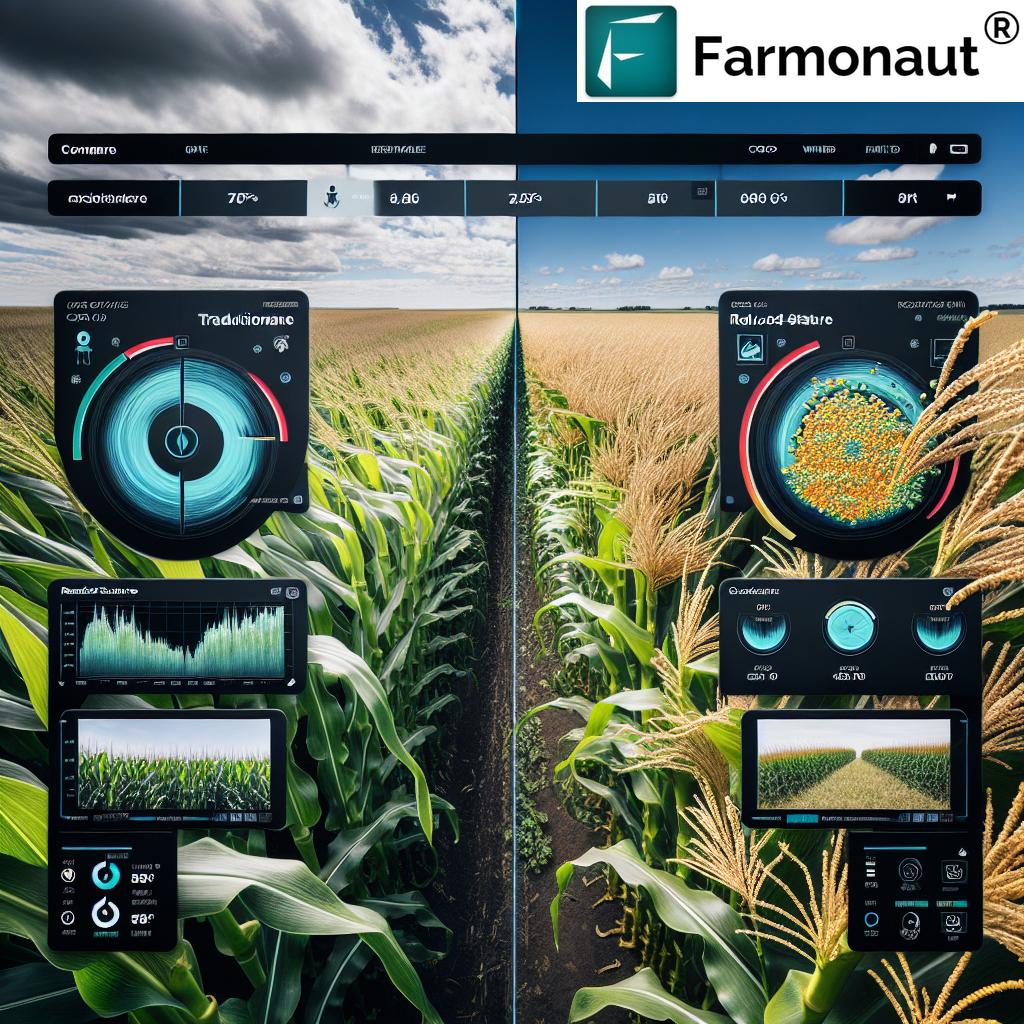
The Science Behind Reduced-Stature Corn
At the heart of RSC’s development lies a fascinating interplay of genetics and plant hormones. Researchers have identified and manipulated specific genes that influence plant height and stalk thickness. These genetic modifications often target the plant’s response to growth hormones, particularly gibberellins, which play a crucial role in stem elongation.
Key aspects of the science behind RSC include:
- Genetic Mutations: Specific mutations in genes controlling plant height and architecture
- Hormone Regulation: Altered sensitivity or production of growth hormones
- Breeding Techniques: Advanced methods to incorporate desirable traits while maintaining yield potential
- Phenotypic Selection: Rigorous evaluation of plant characteristics in field trials
The development of RSC hybrids is not just about creating shorter plants. It’s a delicate balance of maintaining or even improving yield potential while enhancing the plant’s ability to withstand environmental stresses. This is where the expertise of plant breeders and agronomists becomes crucial.
Yield Optimization: The Promise of Reduced-Stature Corn
“Implementing reduced-stature corn technology could potentially increase corn yields by up to 15% in wind-prone areas.”
One of the most exciting aspects of RSC is its potential for yield optimization. While it might seem counterintuitive that shorter plants could produce comparable or even higher yields than their taller counterparts, the science behind RSC reveals several mechanisms that contribute to this potential:
- Improved Nutrient Allocation: With less energy devoted to extensive stalk growth, more resources can be directed towards ear and kernel development.
- Enhanced Light Penetration: The shorter, more compact canopy allows for better light distribution throughout the plant, potentially improving photosynthetic efficiency.
- Reduced Plant-to-Plant Competition: The altered architecture can lead to less competition for light and resources between neighboring plants.
- Stress Tolerance: Improved ability to withstand environmental stresses can lead to more consistent yields across varying conditions.
In Iowa, where corn is king, the potential impact of RSC on yield optimization cannot be overstated. Farmers in this region, known for its fertile soils and generally favorable growing conditions, are particularly well-positioned to benefit from this technology.
Climate-Adaptive Agriculture: RSC’s Role in Weather Resilience
As climate change continues to pose significant challenges to agriculture, the need for climate-adaptive crops has never been more pressing. Reduced-stature corn emerges as a promising solution, particularly in regions prone to severe weather events. Iowa, with its history of devastating derechos and increasingly unpredictable weather patterns, stands to benefit greatly from this innovation.
Key features of RSC that contribute to weather resilience include:
- Wind Resistance: Shorter plants with thicker stalks are less likely to be damaged or uprooted by high winds.
- Lodging Resistance: The improved plant architecture reduces the risk of lodging, where corn stalks bend or break near the ground.
- Drought Tolerance: Some RSC varieties show improved water use efficiency, potentially enhancing drought tolerance.
- Flood Resilience: The compact structure may offer advantages in flood-prone areas by reducing the plant’s susceptibility to water damage.
These attributes make RSC an invaluable tool in the arsenal of climate-adaptive agriculture. By providing a more stable and resilient crop, RSC can help ensure food security in the face of increasingly volatile weather conditions.
Comparison: Traditional vs. Reduced-Stature Corn
| Characteristic | Traditional Corn | Reduced-Stature Corn |
|---|---|---|
| Average plant height (inches) | 84-120 | 60-76 |
| Stalk thickness | Moderate | Thick |
| Wind resistance | Medium | High |
| Lodging risk | Medium to High | Low |
| Late-season treatment accessibility | Difficult | Easy |
| Harvestability | Moderate | Easy |
| Estimated yield potential (bushels per acre) | 180-220 | 180-230 |
| Climate adaptability | Medium | High |
This comparison clearly illustrates the advantages of RSC in terms of weather resilience and management efficiency, while maintaining competitive yield potential.
Beyond Corn: RSC Technology in Other Crops
The success of reduced-stature technology in corn has inspired similar research and development in other important crops. Scientists are now applying these principles to crops such as wheat, rice, and soybeans, with promising results. This broadening application of RSC technology could have far-reaching implications for global agriculture.
Some crops benefiting from reduced-stature research include:
- Wheat: Shorter wheat varieties with improved lodging resistance and potentially higher yields
- Rice: Compact rice plants that can withstand tropical storms and utilize nutrients more efficiently
- Soybeans: Shorter soybean varieties with improved canopy structure for better light interception
- Sorghum: Reduced-height sorghum with enhanced drought tolerance
- Canola: Shorter canola plants with improved harvestability and potentially higher oil content
The application of reduced-stature technology across various crops demonstrates its potential to revolutionize agriculture on a global scale, addressing challenges of climate change and food security across different agricultural systems.
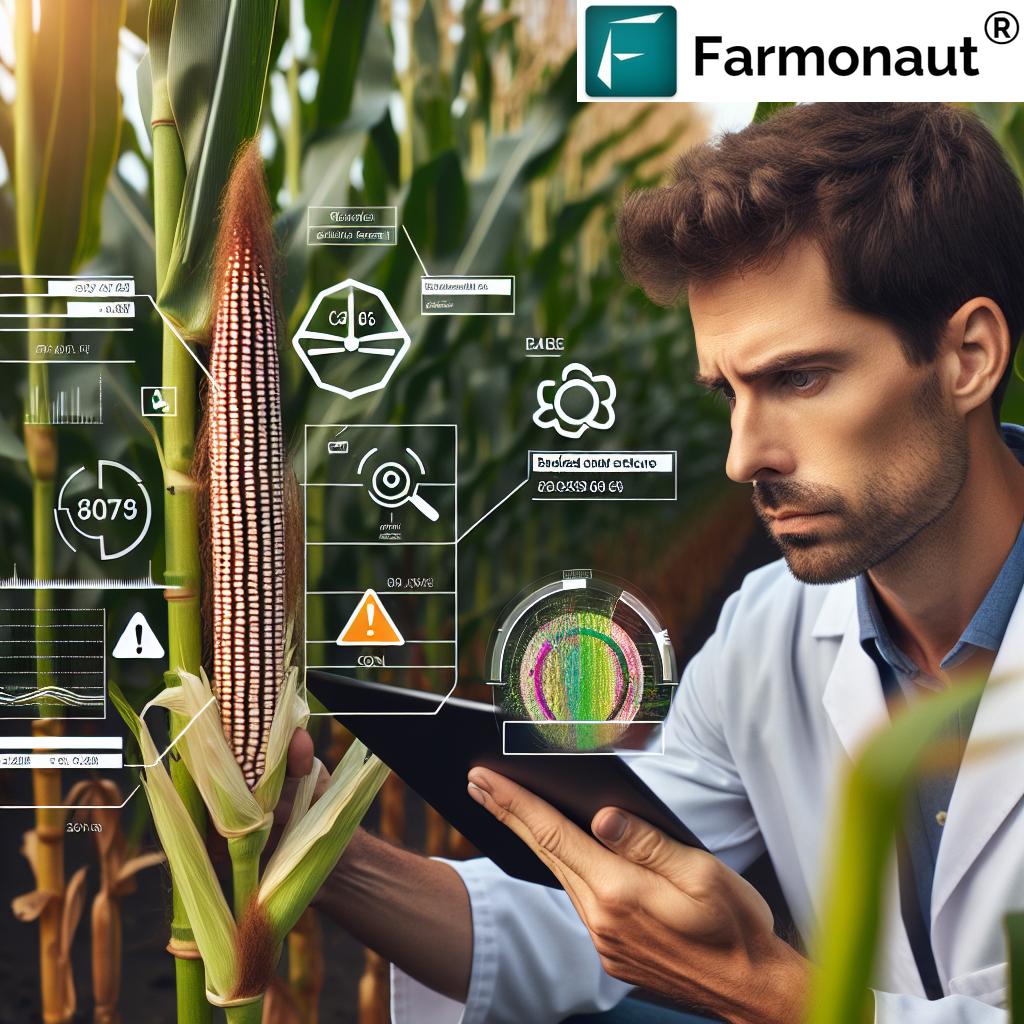
Sustainable Farming Practices and RSC
Reduced-stature corn aligns well with sustainable farming practices, offering several environmental benefits:
- Reduced Chemical Use: The compact structure allows for more precise application of pesticides and fertilizers, potentially reducing overall chemical use.
- Soil Conservation: Improved standability can lead to less soil disturbance during harvest, contributing to better soil health.
- Water Efficiency: Some RSC varieties show improved water use efficiency, which is crucial in water-stressed regions.
- Carbon Footprint: The potential for increased yields without expanding farmland could contribute to reduced carbon emissions per unit of crop produced.
These sustainable aspects of RSC make it an attractive option for farmers looking to reduce their environmental impact while maintaining productivity. As we continue to face global challenges like climate change and resource depletion, technologies like RSC play a crucial role in developing more sustainable agricultural systems.
The Role of Precision Agriculture in Maximizing RSC Benefits
To fully leverage the advantages of reduced-stature corn, farmers are turning to precision agriculture technologies. These advanced tools and techniques allow for more precise management of RSC crops, optimizing inputs and maximizing yields. Farmonaut, a leading provider of satellite-based farm management solutions, offers valuable services that can enhance the cultivation of RSC.
Key precision agriculture applications for RSC include:
- Satellite-Based Crop Monitoring: Regular monitoring of crop health and development stages
- AI-Driven Advisory Systems: Personalized recommendations for crop management based on real-time data
- Weather Forecasting: Accurate, field-specific weather predictions to inform decision-making
- Resource Management Tools: Optimization of water, fertilizer, and pesticide use
By integrating these precision agriculture tools, farmers can make data-driven decisions that maximize the potential of their RSC crops. This synergy between innovative crop varieties and advanced management techniques represents the future of sustainable, high-yield agriculture.
Challenges and Considerations in RSC Adoption
While the benefits of reduced-stature corn are significant, its adoption is not without challenges. Farmers and agronomists must consider several factors when implementing RSC in their operations:
- Initial Investment: Transitioning to RSC may require changes in equipment and management practices.
- Learning Curve: Farmers need to adapt to the unique characteristics and management requirements of RSC.
- Varietal Selection: Choosing the right RSC hybrid for specific growing conditions is crucial for success.
- Market Acceptance: Ensuring that RSC products meet market demands and quality standards.
- Long-term Performance: Monitoring the long-term impacts of RSC on soil health and ecosystem dynamics.
Addressing these challenges requires a collaborative effort between farmers, researchers, and agricultural technology providers. As more data becomes available and best practices are established, the path to widespread RSC adoption will become clearer.
The Future of Corn Farming in Iowa and Beyond
As we look to the future, the potential impact of reduced-stature corn on Iowa’s agricultural landscape is profound. This innovative approach to corn breeding could reshape not only the physical appearance of corn fields but also the economic and environmental sustainability of corn production.
Key predictions for the future of RSC include:
- Increased adoption rates as farmers recognize the benefits of RSC
- Continued genetic improvements leading to even more resilient and productive varieties
- Integration of RSC with other agricultural technologies for optimized farm management
- Expanded research into RSC applications for other important crops
- Potential policy support for RSC adoption as a climate-adaptive agricultural practice
The journey of reduced-stature corn from research labs to Iowa’s fields represents a significant milestone in agricultural innovation. As we continue to face the challenges of feeding a growing global population in an era of climate uncertainty, technologies like RSC offer a beacon of hope for sustainable and resilient food production systems.
Leveraging Technology for RSC Management
To fully harness the potential of reduced-stature corn, farmers are increasingly turning to advanced agricultural technologies. Farmonaut’s suite of precision agriculture tools offers valuable support for RSC management. These tools can be accessed through various platforms:
For developers and businesses looking to integrate Farmonaut’s satellite and weather data into their own systems, the company offers API access:
Conclusion: A New Chapter in Iowa’s Corn Legacy
Reduced-stature corn represents more than just a change in plant height; it symbolizes a paradigm shift in how we approach corn breeding and cultivation. For Iowa, a state synonymous with corn production, the adoption of RSC technology could mark the beginning of a new era in agriculture—one characterized by resilience, sustainability, and optimized productivity.
As we continue to navigate the challenges of climate change and the ever-increasing demand for food security, innovations like reduced-stature corn offer a promising path forward. By combining the genetic advancements of RSC with precision agriculture technologies, we are writing a new chapter in Iowa’s rich corn legacy—a chapter that balances productivity with sustainability, and tradition with innovation.
The future of corn farming in Iowa and beyond looks bright, with reduced-stature hybrids leading the way towards a more resilient and productive agricultural landscape. As research progresses and farmers gain more experience with these innovative varieties, we can expect to see continued improvements in yield, weather resilience, and overall farm sustainability.
FAQ Section
Q: What is reduced-stature corn (RSC)?
A: Reduced-stature corn is a type of corn hybrid that has been bred to be shorter than traditional varieties, typically standing 60-76 inches tall. It maintains yield potential while offering improved wind resistance and easier management.
Q: How does RSC improve weather resilience?
A: RSC’s shorter stature and thicker stalks make it more resistant to wind damage and lodging. This improved standability helps the crop withstand severe weather events, particularly high winds.
Q: Can RSC really match or exceed the yields of traditional corn varieties?
A: Yes, RSC varieties are designed to maintain or even improve yield potential. The altered plant architecture can lead to better nutrient allocation and light penetration, potentially resulting in comparable or higher yields.
Q: Is RSC only beneficial for wind-prone areas?
A: While RSC’s wind resistance is a significant benefit, it offers advantages beyond just wind protection. These include easier late-season treatments, improved harvestability, and potential benefits in terms of water use efficiency and overall crop management.
Q: How does RSC contribute to sustainable farming practices?
A: RSC can contribute to sustainability through reduced chemical use (due to more precise applications), improved soil conservation, enhanced water efficiency, and potentially lower carbon footprint per unit of crop produced.
Q: Are there any challenges in adopting RSC?
A: Challenges can include initial investment in new seeds or equipment, a learning curve for management practices, and ensuring market acceptance. However, many farmers find the benefits outweigh these initial challenges.
Q: Can the principles of RSC be applied to other crops?
A: Yes, researchers are applying similar principles to develop reduced-stature varieties of other crops, including wheat, rice, soybeans, and more. This technology has the potential to impact agriculture on a global scale.




